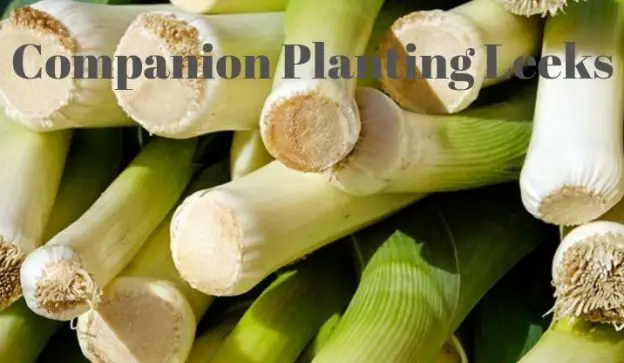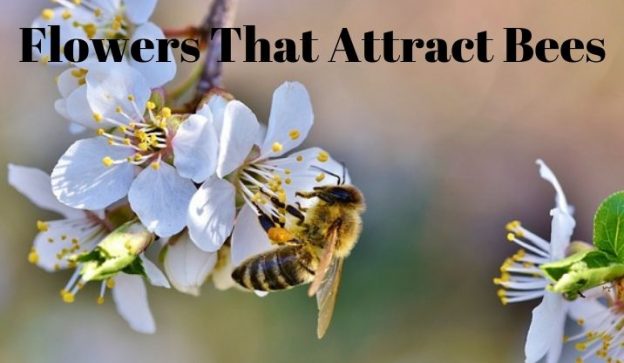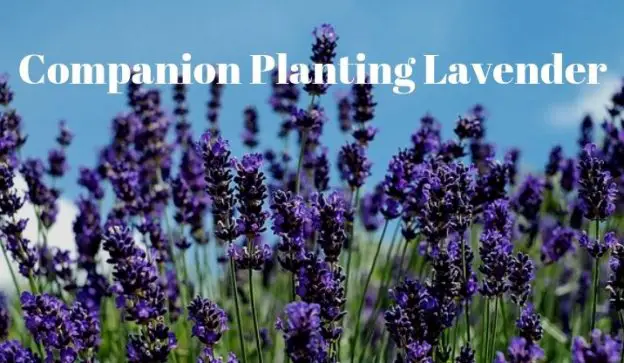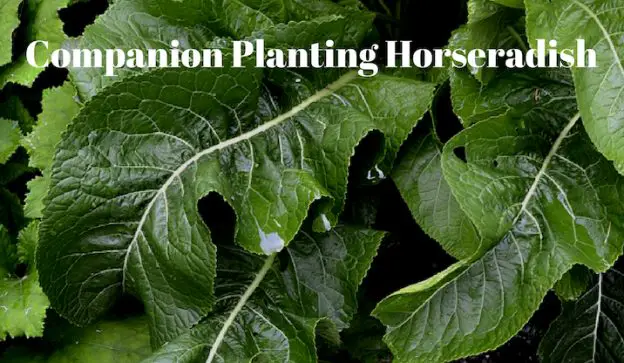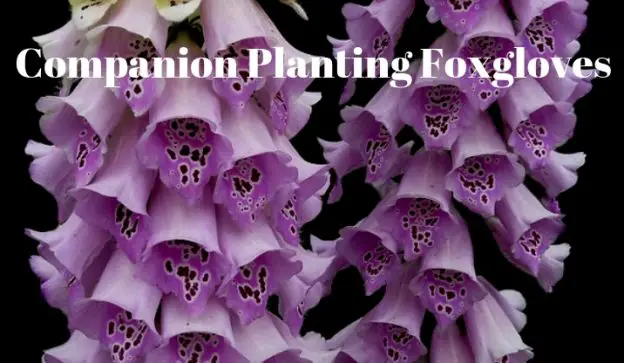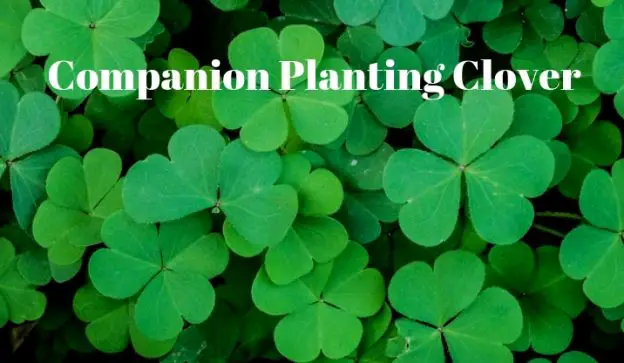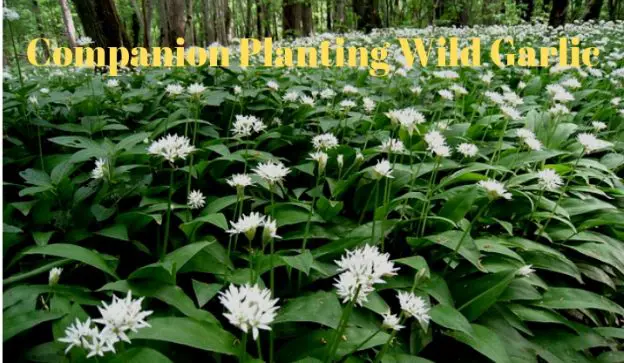Companion Planting Parsley
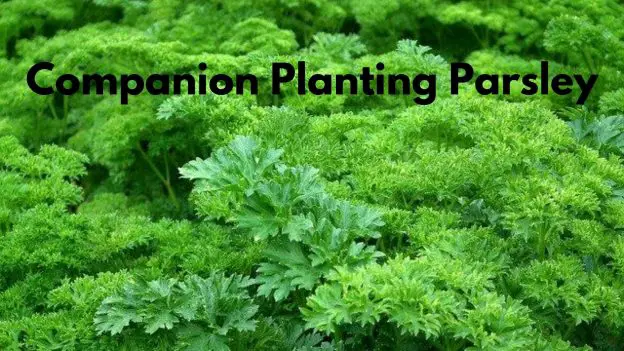
Most plants either give or receive some benefit from being planted in companion with others. Not all plants, there are some exceptions but generally plants do better when planted together. Companion planting parsley is no exception so read on for what to grow with parsley and what not to grow with parsley. Companion Planting Parsley There are 2 main types of parsley, flat leaf parsley, and curly parsley. There are also 5 main varieties of parsley and all originated in Europe. Parsley is a biennial plant so it will give out it’s benefits for 2 seasons. Don’t just take my… → Read More


